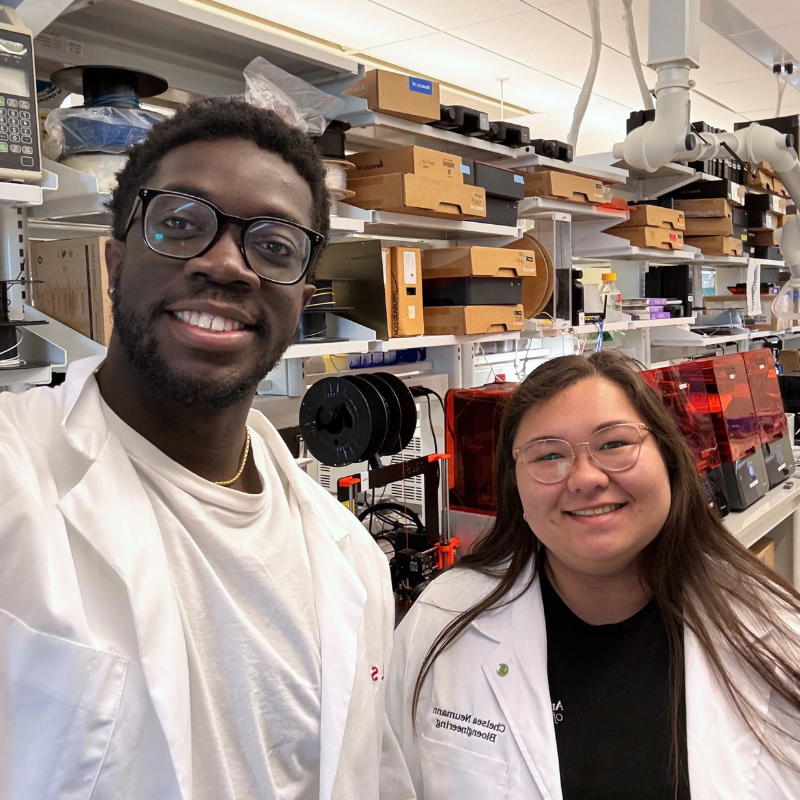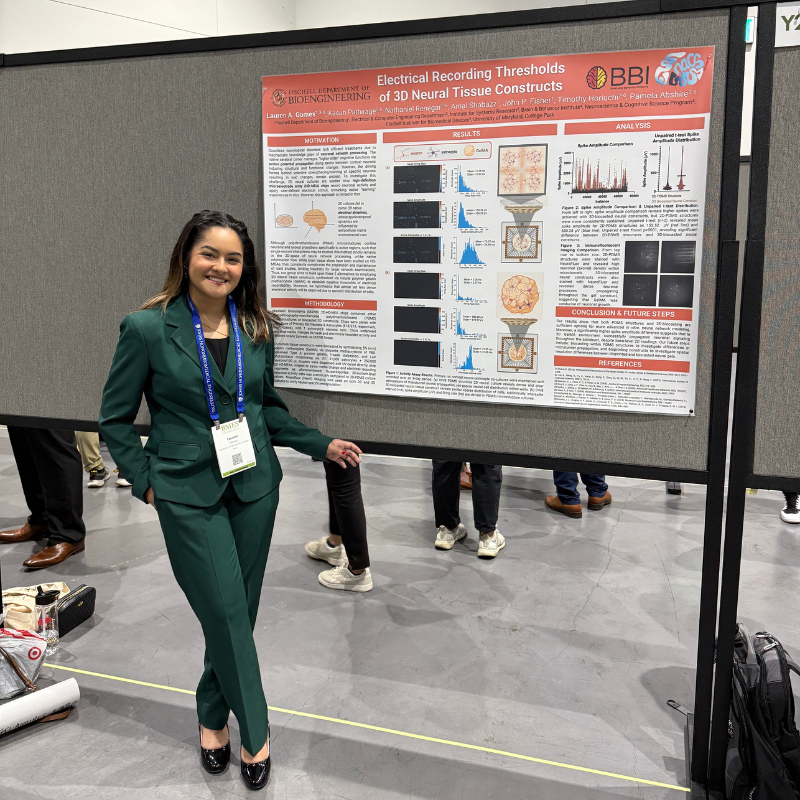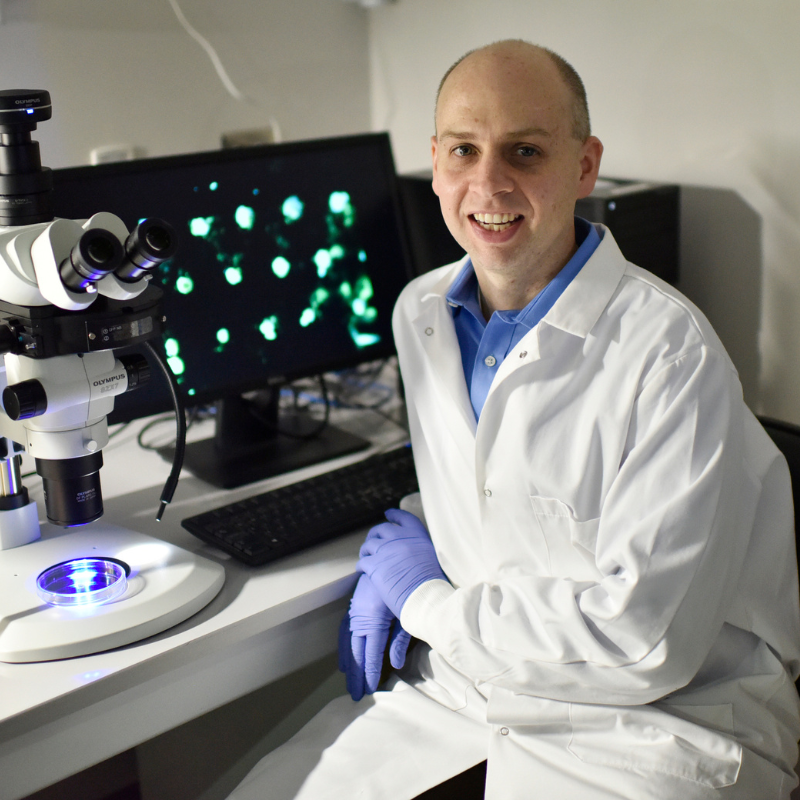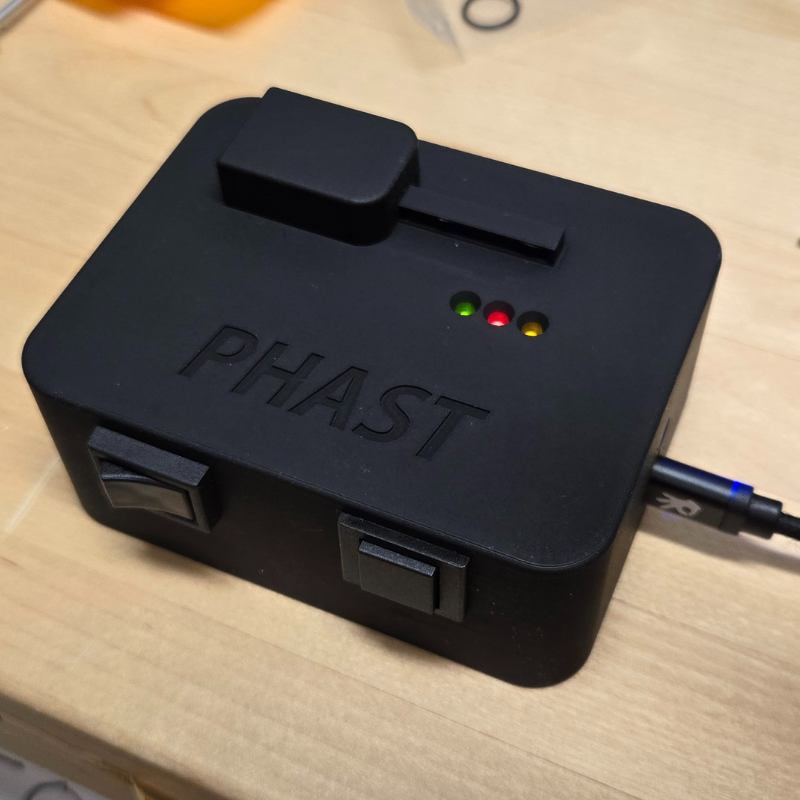News Story
Tag-team Robot Surgery
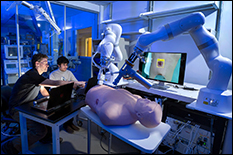
Photo by John T. Consoli
By Chris Carroll, originally featured in Maryland Today
You’re about to go under the knife and the anesthesia is taking hold. Is it better to look up and see a robot surgeon with autonomous capabilities looming over you, or an old-fashioned human doctor?
There’s no easy answer, because robots have been shown to be better at certain parts of surgery while humans rule at others. This division of talents has led to a new University of Maryland-developed technology aimed at helping surgical teams of humans and robots work together for the best outcomes.
It’s known as “confidence-based robotic surgery,” and it could be groundbreaking because it could pave the way for the introduction of aspects of autonomy into robotic surgeries, which now are fully controlled by people.
“Confidence-based control adaptively and optimally matches the human surgeon with the robotic autonomous surgeon and allocates control either to the human searching or to the robot” based on how well either can perform the next step in the surgery, said Axel Krieger, an assistant professor of mechanical engineering leading the research. Krieger is also a faculty member of the Robert E. Fischell Institute for Biomedical Devices.
It’s a tag team-like situation where the human always remains in ultimate control, Krieger said. The research is one of nine projects nominated in UMD’s Invention of the Year competition, which will be held Thursday.
His collaborators include postdoctoral researcher Hamed Saeidi, Simon Leonard, an assistant research professor at Johns Hopkins University and Justin Opfermann, a research engineer at Children's National Medical Center.
But letting the robot take the lead can sometimes make more sense. In a recent experiment, Krieger and his team showed that in certain tasks that mimicked surgery, such as cutting a perfect circle or a straight line with a scalpel, the robot was steadier, more accurate and less likely to damage tissue.
But when things got hairy—well, extremely bloody—the robot faltered and couldn’t work out where it should cut. That was in contrast to a human surgeon participating in the test, who was able to rely on judgment and experience when a clear view of the tissue was blocked.
Although robotic surgery systems are increasingly capable and popular—particularly for delicate procedures including prostate and eye surgery—they can’t deal with variety and change like human surgeons can, and need continued oversight.
“We’re still a long way from a robot doing an entire surgery,” Krieger said.
Although it’s tricky to estimate timeframes for medical device approvals, he thinks people and robots could be working together in real operating rooms in five to 10 years. The next step is adding more complex tasks to the system.
“We’re moving toward three-dimensional things like suturing and excision of tumors,” Krieger said. “There will be really precise cutting with exactly correct margins of what to cut out and what to save. The whole point is preserving function in the healthy tissue.”
Published April 9, 2019



